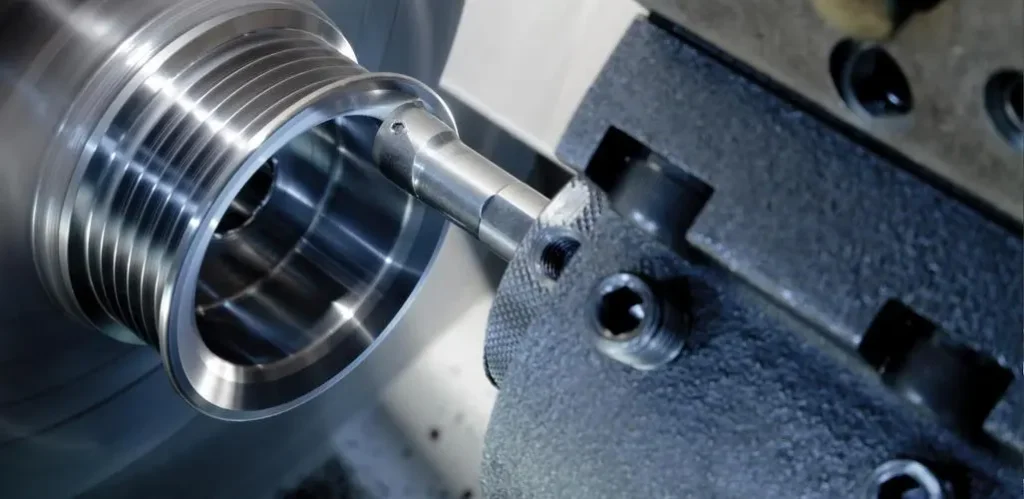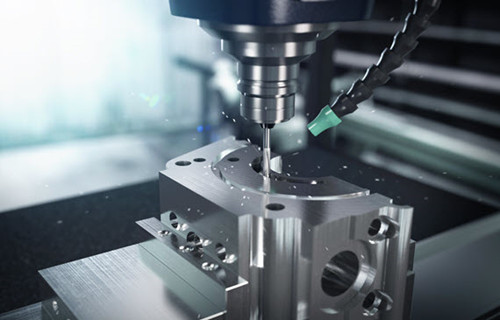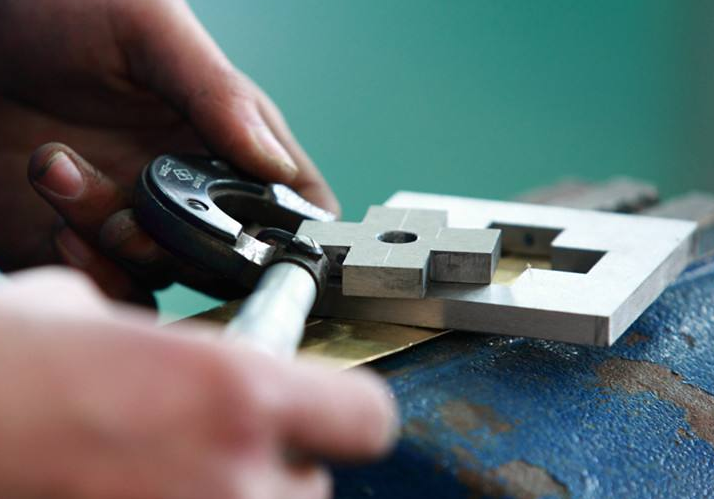
Machining is the process of changing the dimensions or properties of a workpiece by means of a mechanical device.
Processing equipment
1. Lathe
Lathes are mainly used for processing shafts, discs, sleeves and other workpieces with rotating surfaces. They are the most widely used machine tools in mechanical manufacturing. (can achieve accuracy 0.01mm)

2. Milling machine
It can process flat surfaces and grooves, as well as various curved surfaces and gears, etc. It can also process more complex type surfaces. (Can achieve accuracy of 0.05mm)

3. Grinding machines
A grinder is a machine tool for grinding the surface of a workpiece. Most grinding machines use high-speed rotary grinding wheels for grinding processing, and a few use other abrasives such as oil stones, abrasive belts and free abrasives for processing, such as super-finishing machines, abrasive belt grinders, grinders and polishing machines. (Can achieve accuracy of 0.005mm, and 0.002mm for small parts)

4. Clamp work
Clamp work mainly includes filing, sawing, scribing, drilling, reaming, tapping and threading, scraping, grinding, straightening, bending and riveting, etc.

5. CNC lathe
Mainly processing batch products, high precision parts, etc. (Can achieve precision 0.01mm)
6. CNC milling machine
Mainly processing batch products, high precision parts, complex parts, large workpieces, etc. (Achieving 0.01mm precision)
7. Wire cutting
The electrode used for slow-walking wire is brass wire, and molybdenum wire is used for the middle wire. Slow-walking wire processing with high precision and good surface finish. Machining some fine holes, fine grooves, etc. (Slow-walking wire can achieve precision 0.003mm, medium-walking wire can achieve precision 0.02mm)

8. Spark machine
EDM can process materials and complex shape workpieces that are difficult to cut by ordinary cutting methods (such as groove corners of molds, small holes, deformed holes, machining on cemented carbide), without cutting forces and without producing defects such as burrs and tool marks and grooves. Not affected by material hardness and not affected by heat treatment condition. (Can achieve accuracy of 0.005mm)

Machining Process
Machining process procedures are one of the process documents that specify the mechanical machining process and operation methods of parts, etc. It is in the specific production conditions, the more reasonable process and operation methods, written in accordance with the prescribed form of process documents used to guide production.
Parts of the machining process by a combination of many processes, each process can be divided into a number of installations, stations, work steps and tool walking.
A process needs to include which processes, is determined by the complexity of the structure of the parts to be processed, processing accuracy requirements and production type.
Different production quantities result in different machining processes.
Process knowledge
(1)Holes with accuracy less than 0.05 can not be done by general milling, CNC machining is required; if it is a through-hole, it can also be wire-cut.
(2) Quenched fine holes (through-hole) need wire-cutting processing; blind holes need rough machining before quenching and finishing after quenching. Non-finish holes can be done before quenching (leave a quenching allowance of 0.2 on one side).
(3) The width of 2MM below the groove need wire cutting processing, 3-4MM groove depth is very deep also need wire cutting processing.
(4)Rough machining of quenched parts at least leave a margin of 0.4, non-quenched parts rough machining to leave a margin of 0.2.
(5)The thickness of the plating is generally 0.005-0.008, processing according to the size of the plating before.
If you have any further questions please feel free to contact us